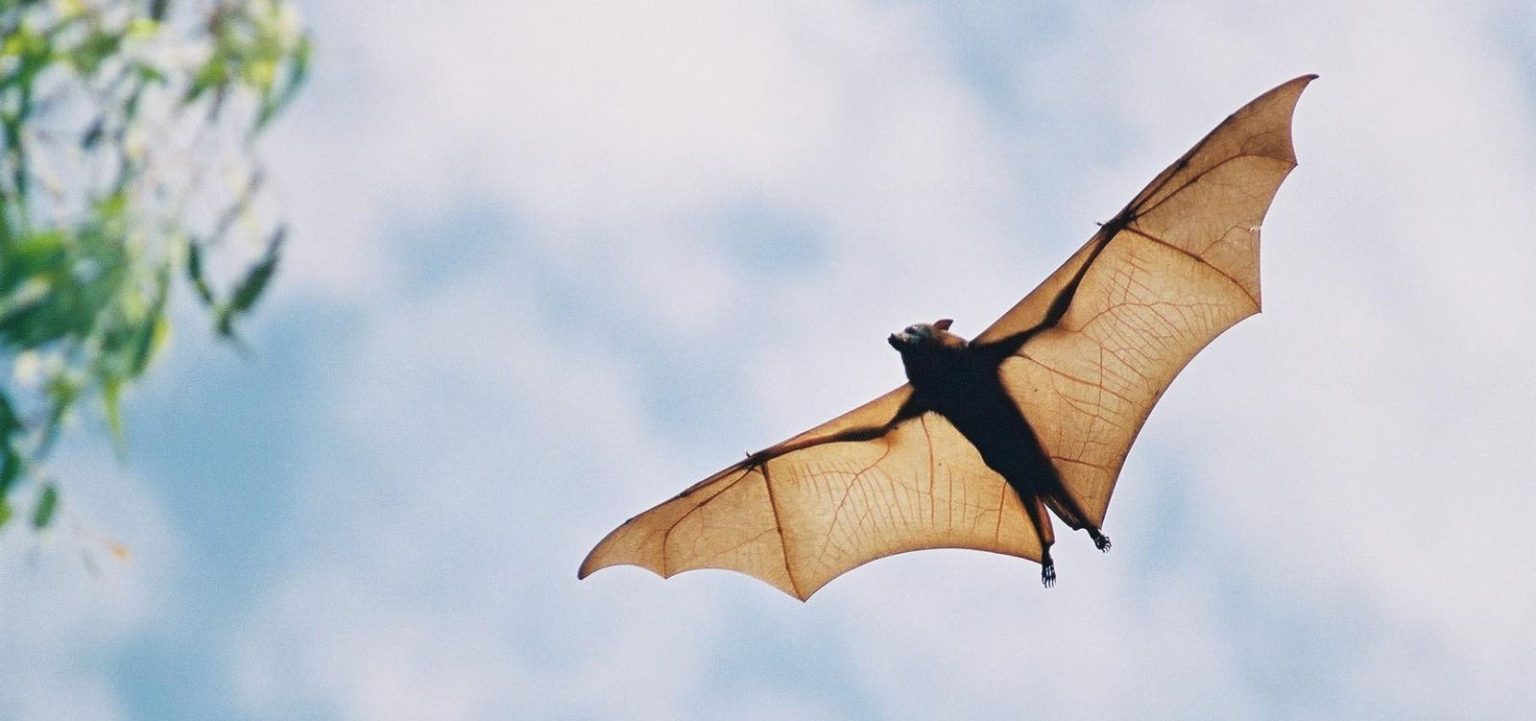Evolution is a continuous experiment where species change little by little, adapting to their environments, competing for resources, and passing their genes to the next generation. This process can lead to new species and diverse forms of life. Usually, evolution leads to species diverging and becoming more different from each other as they adapt to different environments. However, parallel evolution involves species that are closely related and evolve similar traits independently in response to similar environmental conditions.
One example of parallel evolution is seen in the leaf-nosed bat genus Hipposideros found in the Solomon Islands. These bats have evolved independently at least twice, leading to the parallel evolution of key traits such as body size among closely related species. This parallel evolution of body size suggests a strong selective pressure towards larger sizes, potentially due to factors like prey availability or predator avoidance. The lack of interbreeding between the closely related small- and large-bodied bats found together in the same environments also highlights the development of strong reproductive barriers in isolated environments.
Another example of parallel evolution is seen in the diverse anole lizards of the Caribbean islands. Each island has its unique cadre of anole species that have evolved distinct ecomorphs adapted to specific microhabitats. Despite their physical separation by water, anole lizards on different islands exhibit parallel adaptations that align closely with their specific ecological roles. This demonstrates nature’s precision in sculpting evolutionary paths that are fine-tuned to the unique challenges presented by each environment.
The study of these lizards illuminates the subtle yet powerful forces of evolution that shape the diversity of life, offering insights into how organisms adapt and thrive in their respective niches. These examples of parallel evolution go beyond enriching our understanding of biological diversity – they also serve as a stark reminder of nature’s ingenuity in fostering survival through adaptation. Parallel evolution showcases the influence of environmental pressures on evolutionary outcomes and highlights the incredible capacity of natural selection to engineer similar solutions in species facing equivalent ecological challenges.


